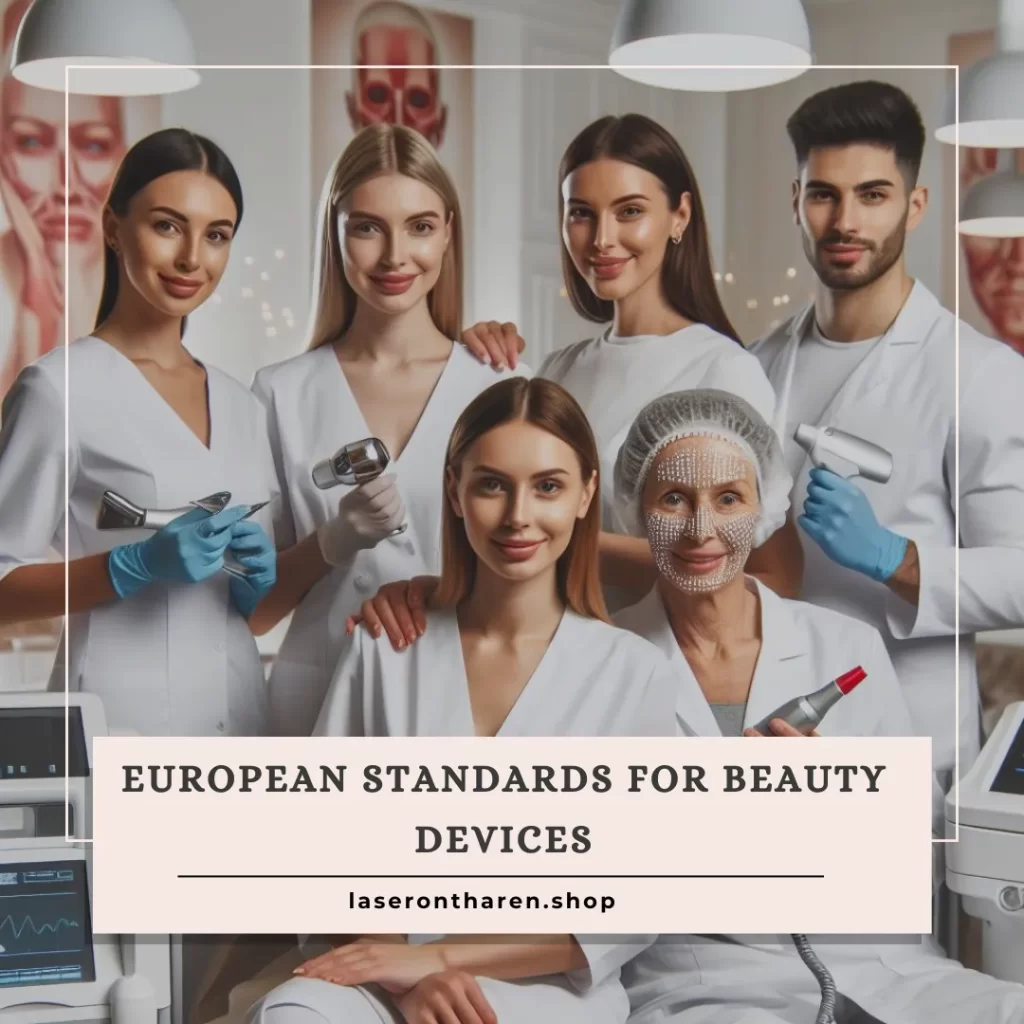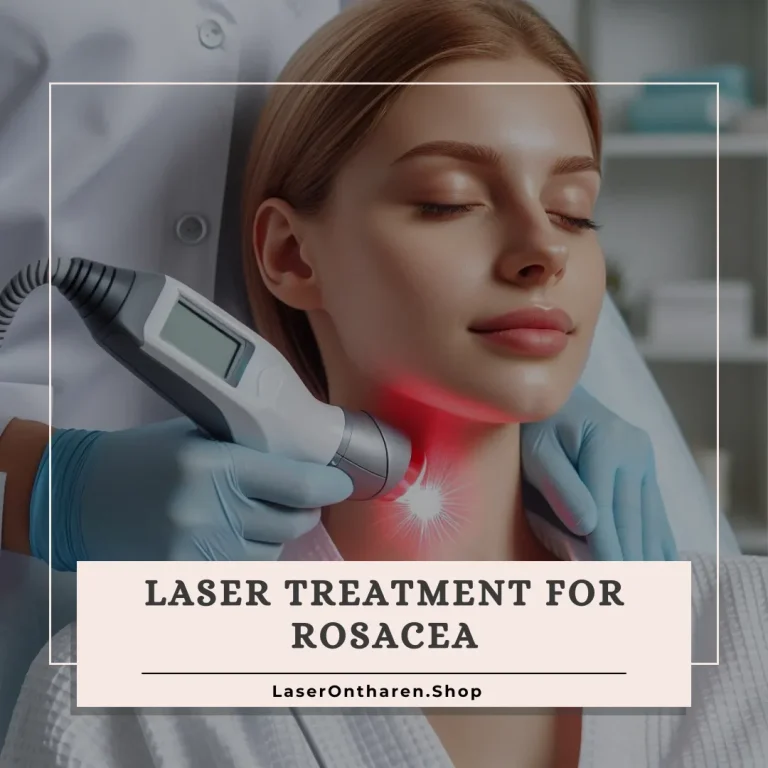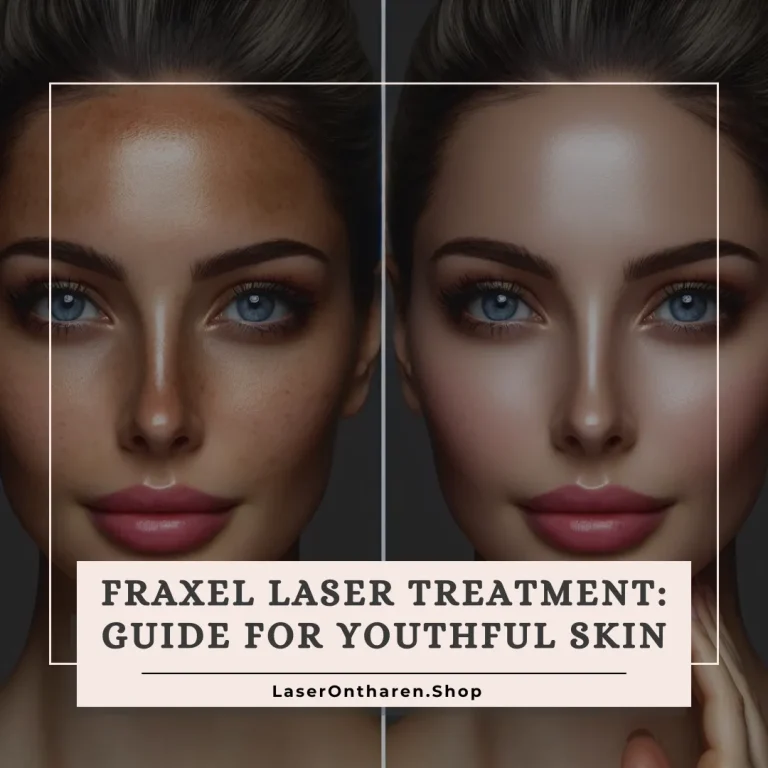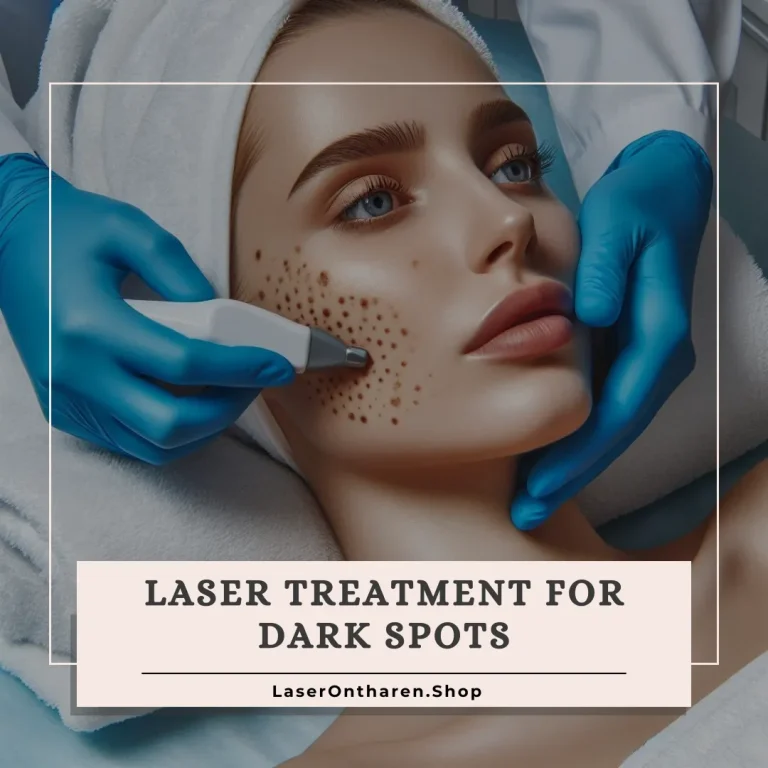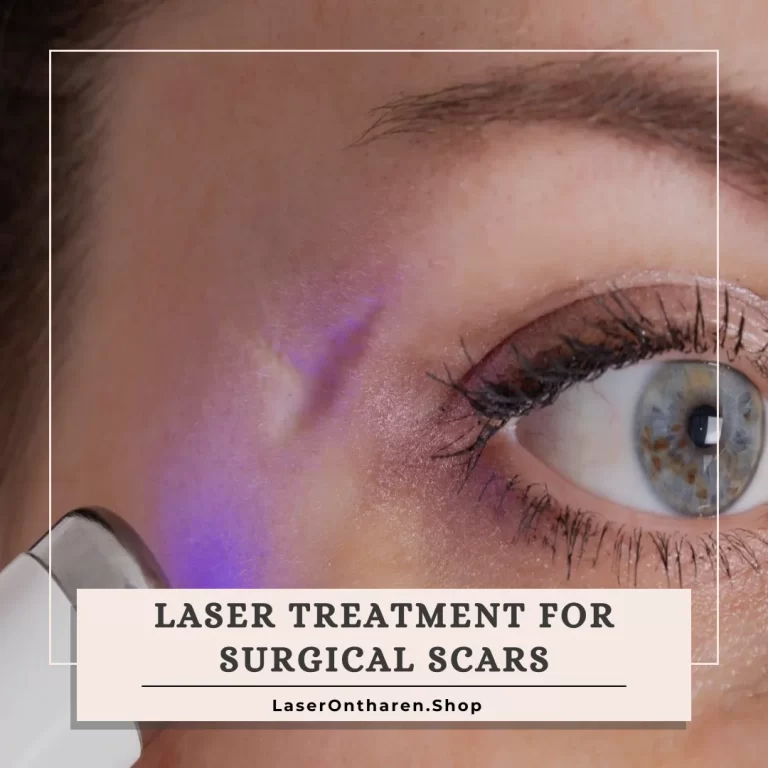Introduction:
In the realm of beauty devices, particularly in advanced technologies like beauty lasers, adherence to stringent standards is paramount.
The European Union (EU) has established comprehensive regulations and standards to ensure the safety and efficacy of beauty devices.
This article explores the European standards governing beauty devices, with a specific focus on laser beauty devices.
European Regulations on Beauty Devices:
The EU regulates beauty devices through various directives and regulations.
One of the primary regulations is the Medical Device Regulation (MDR), which sets out requirements for placing medical devices, including certain beauty devices, on the market.
Additionally, the EU Machinery Directive ensures that machinery, including beauty devices, meets essential health and safety requirements.
CE Marking:
One of the key aspects of compliance with European standards is obtaining the CE marking.
The CE marking indicates that a product complies with relevant EU directives and regulations, including safety and performance requirements.
Manufacturers of beauty devices must undergo rigorous testing and assessment processes to affix the CE marking to their products.
Safety Standards for Laser Beauty Devices:
Laser beauty devices, such as those used for hair removal, skin rejuvenation, and tattoo removal, must meet specific safety standards outlined by the EU.
These standards encompass aspects such as:
- Emission Limits:
Laser devices must adhere to strict limits on emission levels to ensure they do not pose harm to users. - Safety Features:
Devices should incorporate safety features such as protective eyewear, cooling mechanisms, and fail-safe mechanisms to mitigate risks during operation. - User Training:
Operators and users of laser devices must receive adequate training on device operation, safety protocols, and potential risks. - Risk Assessment:
Manufacturers are required to conduct thorough risk assessments to identify and mitigate potential hazards associated with their laser devices.
Efficacy Requirements:
In addition to safety considerations, European standards also address the efficacy of beauty devices.
Manufacturers must provide evidence of the effectiveness of their devices through clinical data and scientific studies.
This ensures that consumers can trust the performance and benefits claimed by beauty device manufacturers.
Post-Market Surveillance:
Compliance with European standards does not end with product approval.
Manufacturers are obligated to implement post-market surveillance systems to monitor the performance and safety of their devices once they are on the market.
Any adverse events or safety concerns must be reported promptly to regulatory authorities.
Conclusion:
The European standards for beauty devices, particularly laser beauty devices, play a crucial role in safeguarding the health and well-being of consumers.
By adhering to these standards, manufacturers ensure that their products are safe, effective, and reliable.
Consumers can confidently use beauty devices bearing the CE marking, knowing that they meet the rigorous requirements set forth by the EU.
read more about: Professional beauty supply
